
- About BDF
- Programs
- To banks
- For enterprises
- News BDF
- Public information
- Home
- Success stories
- On the Edge of War: How a Farmer from Kryvyi Rih District Works the Land Where Explosions Were Heard Just Yesterday
On the Edge of War: How a Farmer from Kryvyi Rih District Works the Land Where Explosions Were Heard Just Yesterday
Out of 270 hectares of land, nearly half are unsafe to cultivate – with daily risks of encountering unexploded ordnance. Yet the work continues, undeterred even by combat. Mykhailo Kudliuk, a farmer from the village of Velyka Dolyna on the border of Dnipro and Kherson regions, keeps cultivating the land, growing grains, and supporting the community.
“Sometimes we’d start sowing and see explosions in the neighbouring field. We’d drop everything and run. But we never stopped,” he says.
Land That Cannot Be Abandoned
Velyka Dolyna borders Kherson region. In 2022, the front line ran right through here. Some of the fields Mykhailo rents couldn’t be worked at all – they were in the epicentre of fighting.
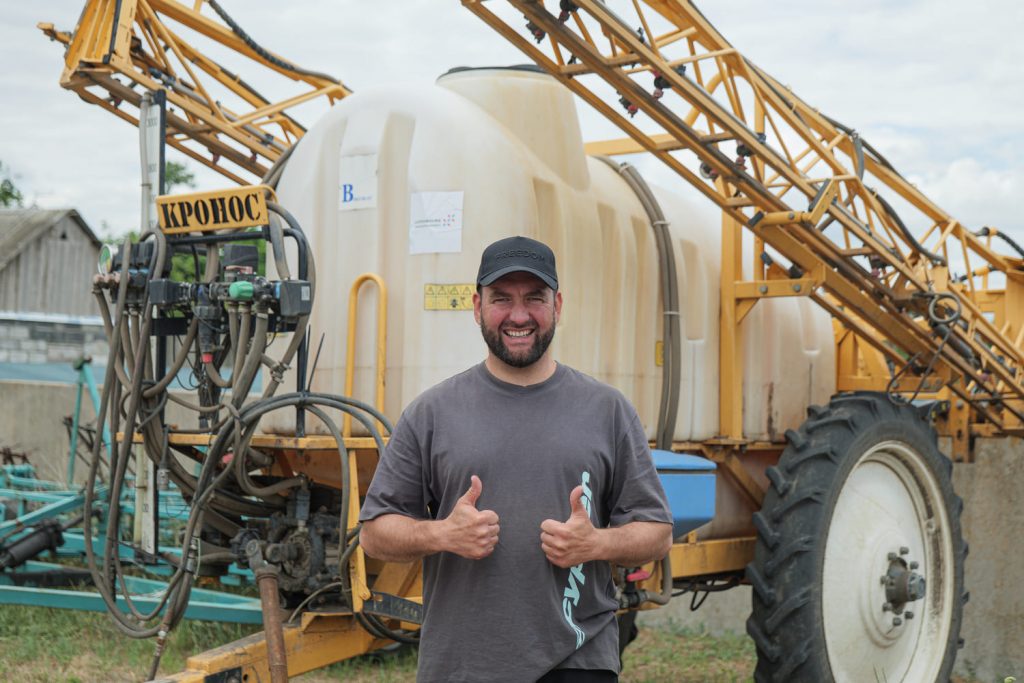
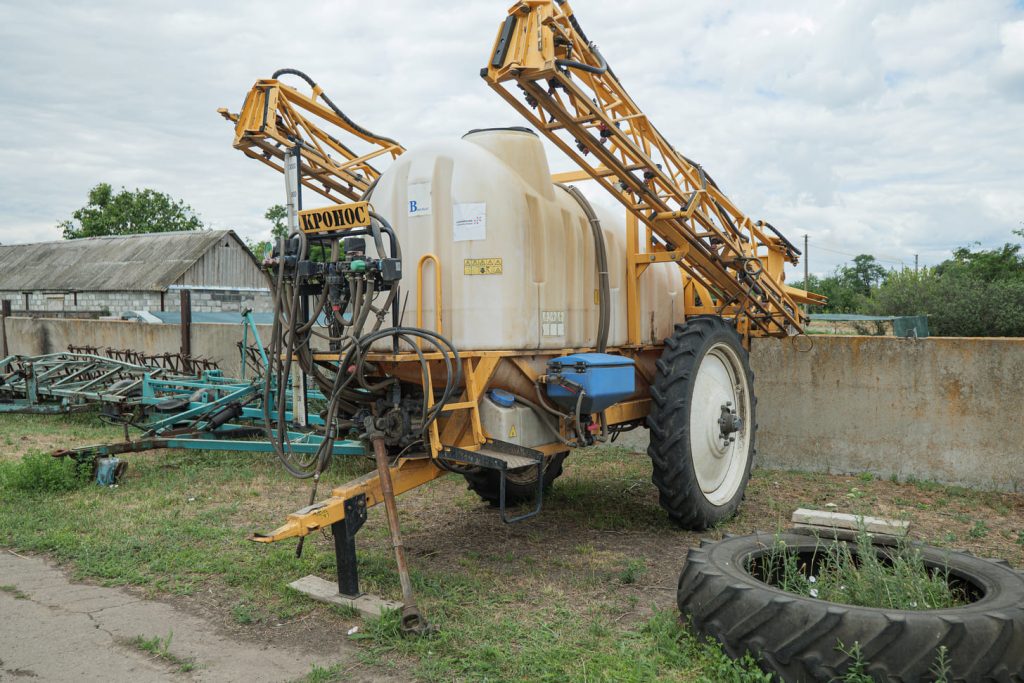
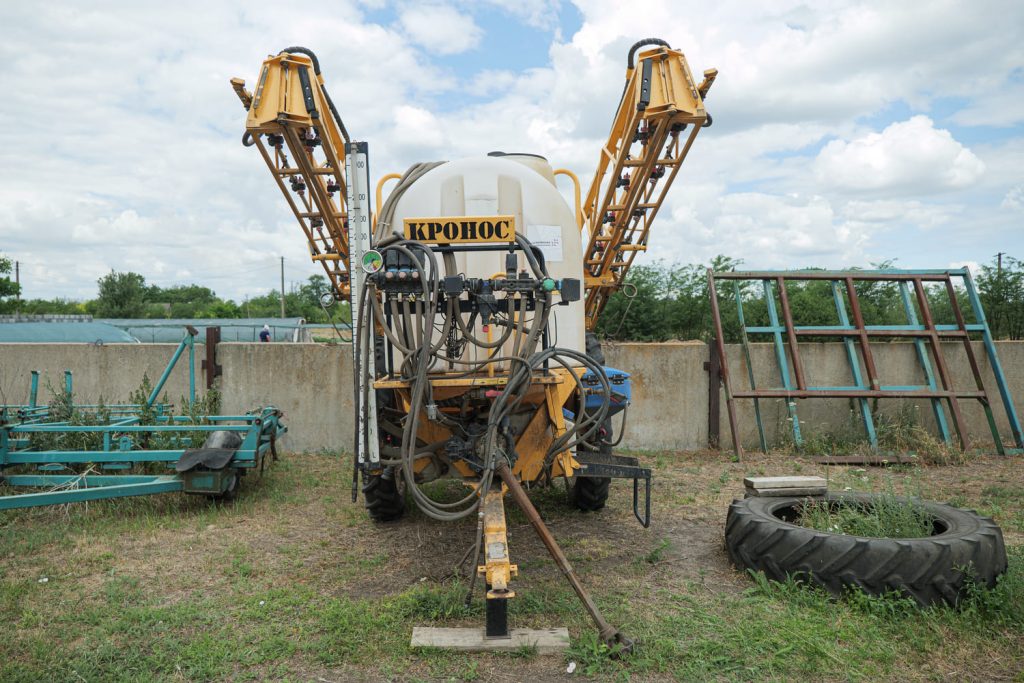
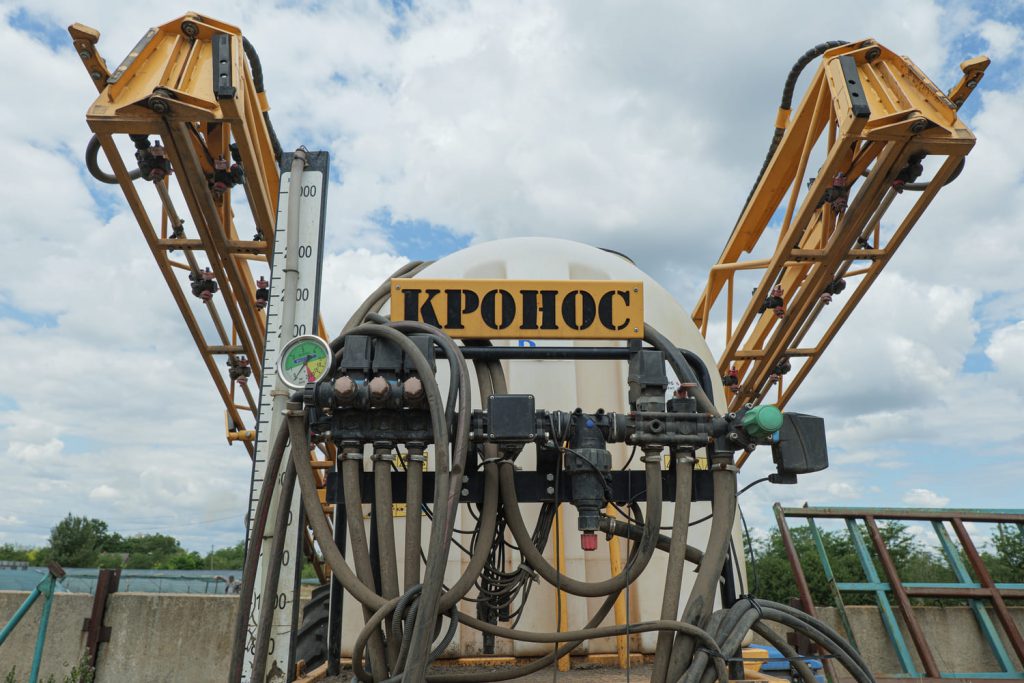
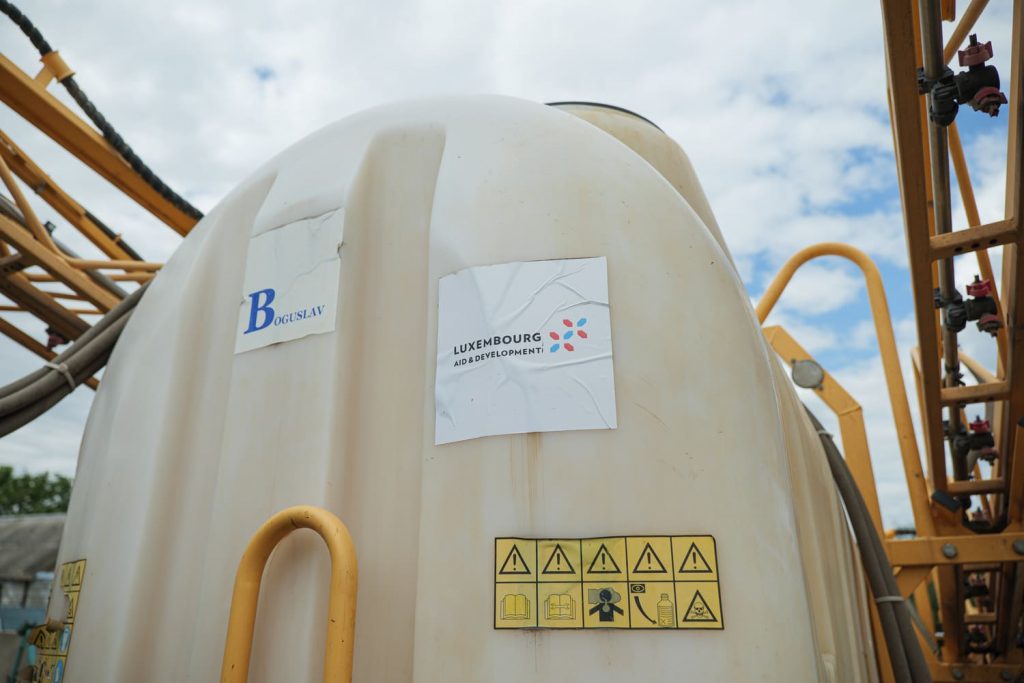
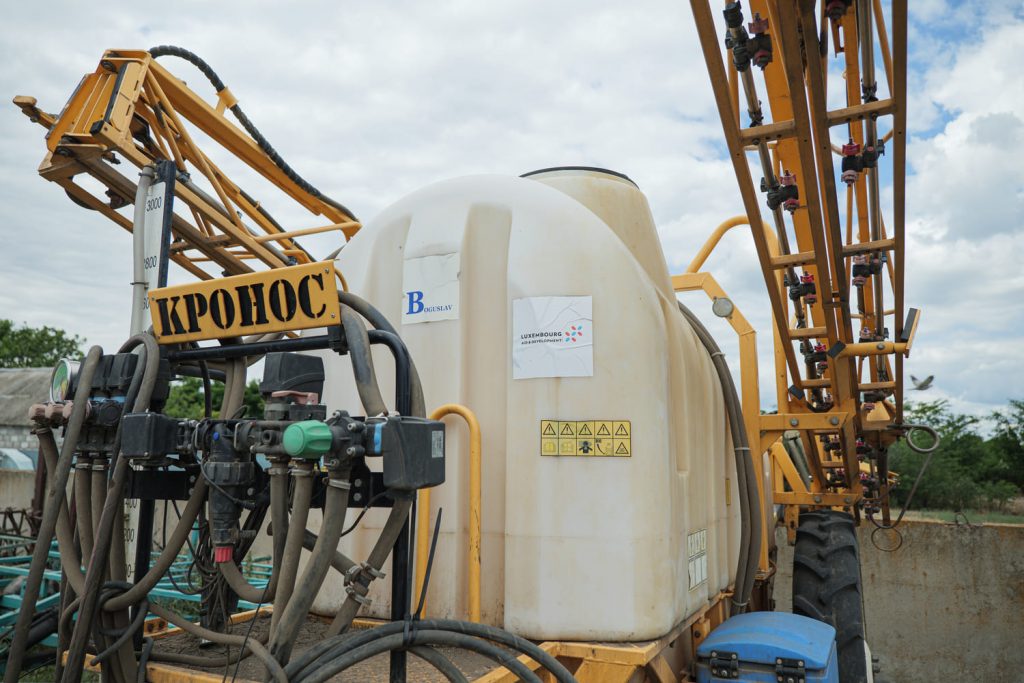
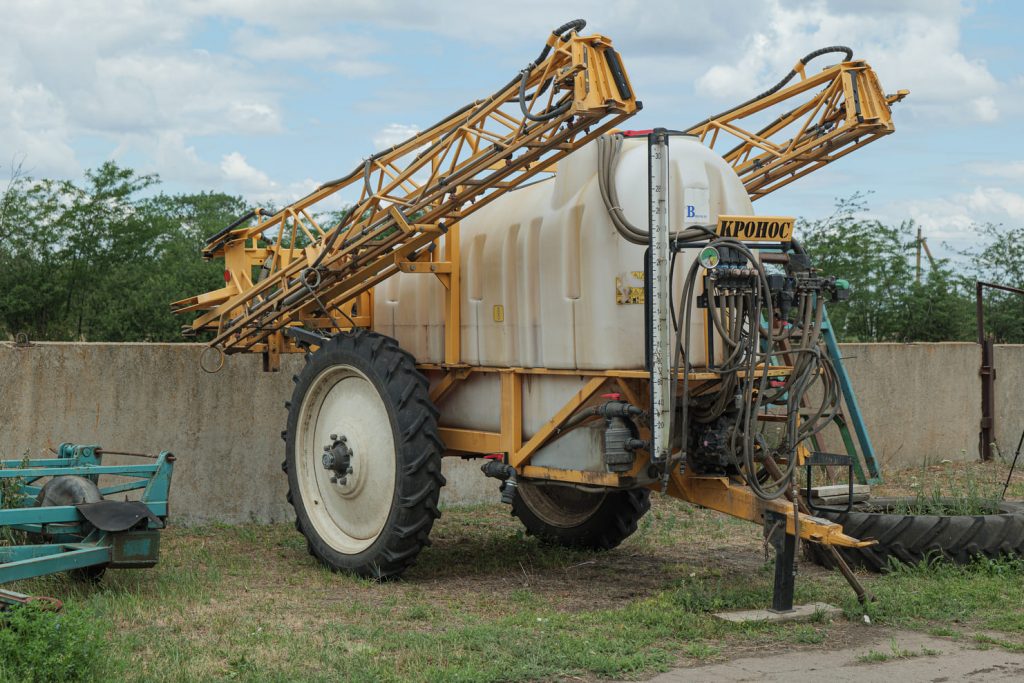
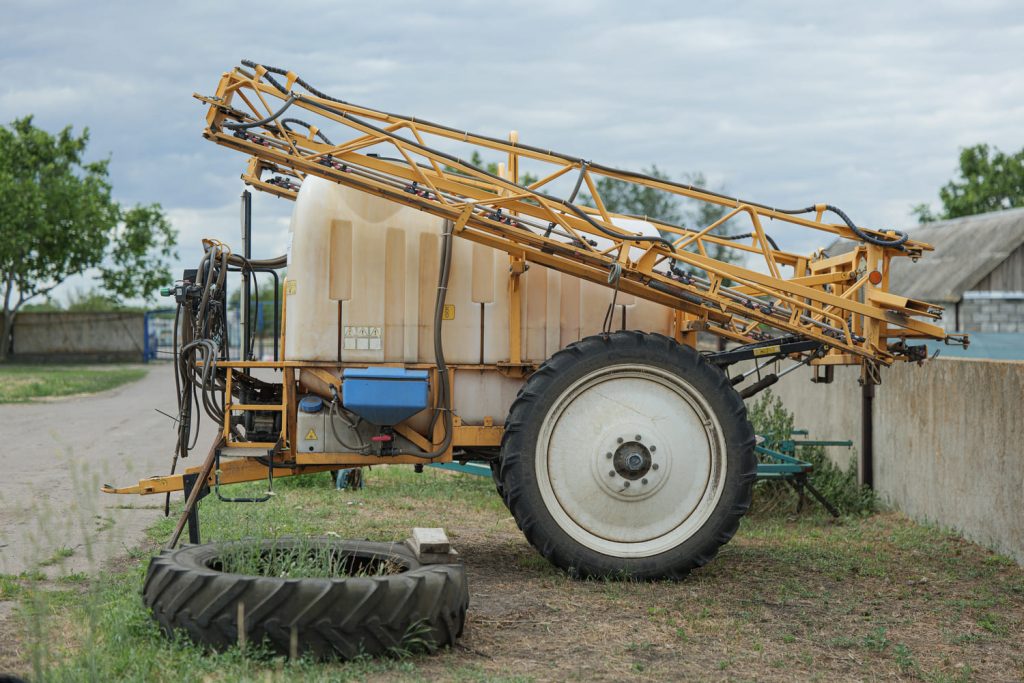
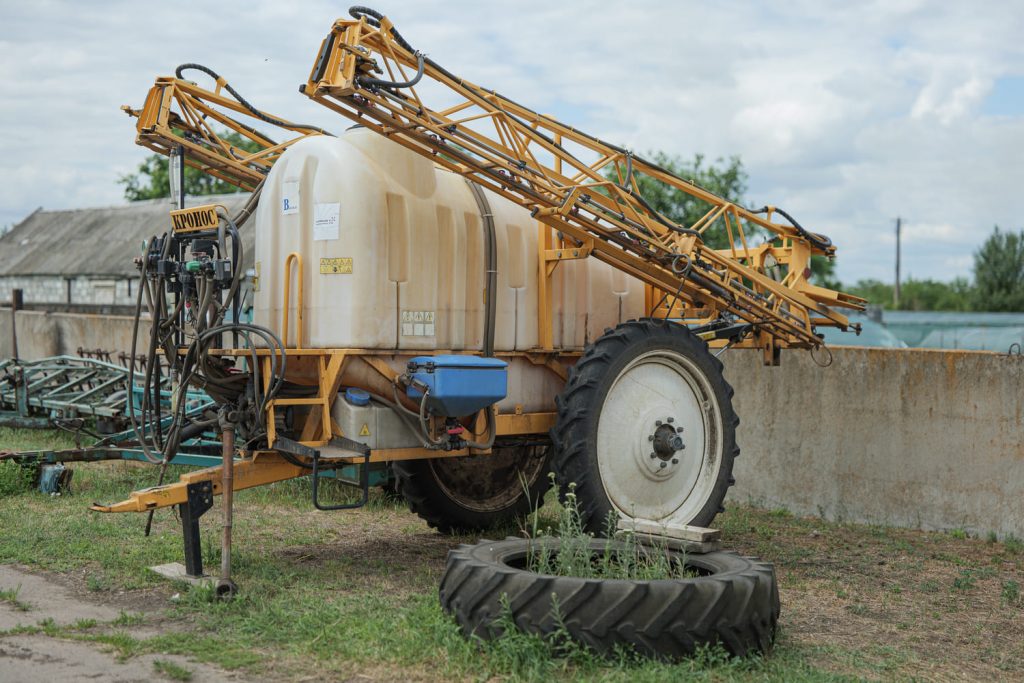
“We didn’t touch 43 hectares at all. Even the military didn’t go there – it was too dangerous,” Mykhailo recalls. “There was heavy shelling in the village – the school was destroyed, homes damaged. I kept my supplies there, but I’d only go in for a few minutes to grab spare parts or fuel, then leave right away.”
After the Ukrainian counteroffensive in autumn 2022, machinery returned to the fields. But even then, dangerous remnants of war were everywhere: drone fragments, shells, anti-vehicle mines (“Flower Petal Mines”) that puncture tires and can damage metal. Mykhailo checked some of the fields himself with an old tractor.
“We searched for dangerous objects ourselves. If we found something, we marked it with a white rag or poured water on it and told the sappers. But no one came to search on their own – so we had to work carefully,” he says.
“I Had to Keep the Business Going”
Mykhailo has been farming since 2014 as a sole proprietor. Starting with 13 hectares, he gradually expanded to 270. Before the war, most of the work was done by himself or with family help; now he has two employees.
During the fighting in 2022, the farm survived thanks only to fields closer to the town of Apostolove:
“We fully worked the land in the Apostolove community. Even though the year was dry, we managed to harvest. Thanks to those fields, I stayed afloat. I still paid rent to landowners and kept up with taxes.”
Because of war risks and falling crop prices, some crops were not sown at all in 2022–2023. Winter peas, for example, were abandoned after several failed seasons when plants were killed by April frosts.
Now Mykhailo is gradually returning to pre-war volumes. In 2024, he even increased the planted area for grains and legumes compared to pre-war years.
“After peas, wheat always grows better. But I often grow it at break-even or a loss – for crop rotation. Not for profit, but to preserve soil quality.”
A Grant He Didn’t Believe In
Mykhailo learned about the Kryvyi Rih District Support Programme from social media. It wasn’t his first grant application, but as he admits, “99% of the time nothing worked out.”
“I thought it would be paperwork and rejections again – like always. When the bank told me I was on the participant list, I didn’t believe it at first.”
With the grant funds, Mykhailo purchased a modern Ukrainian-made trailed crop sprayer. Not brand new, but in excellent condition – a huge improvement over his old equipment, which constantly needed repairs:
“Before, it was a day of work, then a day of repairs. This sprayer has a larger tank, hydraulic wings, and a computer to control spraying. It’s a whole new level of work.”
Now crop treatment is precise, fast, and technologically advanced. His plan is to keep to all processing stages, ensuring yields even in difficult weather conditions.
“This Is Our Land. It Must Be Worked”
The new equipment has allowed Mykhailo not only to work more efficiently but also to plan for the future. He says many challenges remain – prices, logistics, weather – but the machinery is a resource that helps him hold on.
“I try to work honestly, without cutting corners. If I’m going to keep going, it will be with my head held high. The grant helps me endure, but the main thing is not to lose faith. Because this land is ours – and it must be worked,” he says.
ℹ️ For reference:
The program is implemented within the framework of the “Support for Recovery of Kryvyi Rih Rayon” project, funded by the Government of the Grand Duchy of Luxembourg through the Luxembourg Development Cooperation Agency (LuxDev) and the Business Development Fund.Authorized banks: Oschadbank and PrivatBank.